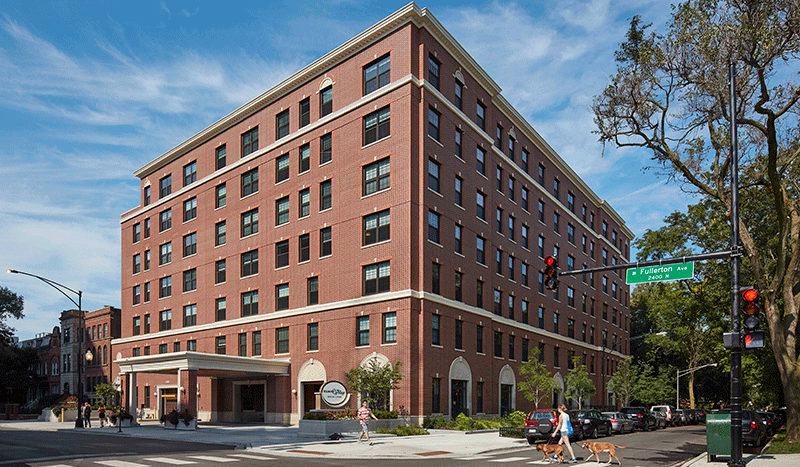February 28, 2020
The idea of seniors thriving alongside more youthful generations has always sounded appealing—communal dining and shared maintenance responsibilities are a couple of examples of how it could work outside of a family setting. But this kind of living experience has rarely worked at scale.
“Intergenerational is talked about a lot but seldom done,” Patricia Will, founder of the Belmont Village group, told an audience at the ULI Housing Opportunity Conference in Miami.
With the population of older residents fast outpacing the supply of units designed for them, several ULI speakers spoke about misperceptions, changing financial considerations, and design trends.
Margaret Wylde, president of the ProMatura market research group, told conference attendees that they can control expenses even during an era of amenity wars.
“Many properties are overbuilt with amenities,” she said. Research, she added, shows that residents often prefer nearby aquatic centers and theaters to a higher price tag for the community.

In Chicago, Belmont Village group partnered with Hines Interests and others on a signature project in the affluent Lincoln Park area north of downtown. Rather than segregating it from its surroundings, Belmont Village Lincoln Park connects with shopping and dining next door at Lincoln Commons, a massive mixed-use development.
Emerging trends include the following:
- Financially, new projects depend less on substantial downpayments and more on lease terms with exit options.
- Technologically, voice-activated recognition is integral not just for entertainment but also for reminders and health options.
- Architecturally, residents in their 70s and 80s want windows and outdoor living space. Dining requires a “cozy” feeling instead of large, open spaces.
Perhaps the biggest change has been the underlying way of doing business. Instead of the suburban projects springing from faith-based groups and health providers, developers are partnering with universities and equity groups on a new slate of urban communities.
In Chicago, Will’s Belmont Village group partnered with Hines Interests and others on a signature project in the affluent Lincoln Park area north of downtown. Rather than segregating it from its surroundings, it connects with shopping and dining next door at Lincoln Commons, a massive mixed-use development.

Above and below: Belmont designed dining facilities to resemble a coffee shop or café rather than an institutional cafeteria.

Longtime multifamily developer ZOM Living has entered the space in a big way. It recently broke ground on the 46-acre (18.6 ha) Wellington Bay senior community next to an upscale mall in Palm Beach County, Florida. The three-phase project will deliver more than 450 units ranging from independent care to assisted living and memory care. It is anchored with a 65,000-square-foot (6,000 sq m) clubhouse and a full menu of amenities.
Greg West, chief executive officer of ZOM, outlined key differences between developing traditional apartments and senior products.
Tenant leases, he said, can take five times longer to finalize because residents and their families need a greater comfort level. The absorption rate of units can be just six to eight units a month, or about half the lease-up of traditional apartments.
“They all know that when you move here, we’ll be able to take care of you know matter what happens down the road,” West said.
Higher operating costs are needed for ample staffing, but the payoff is annual yields of up to 8.5 percent. But maintaining that same operations group, West added, is essential.
